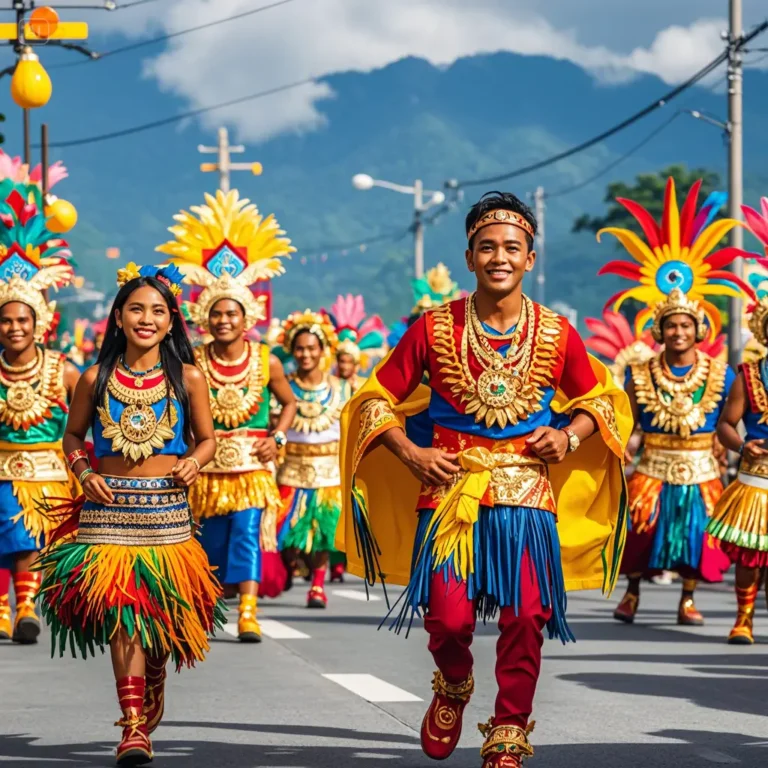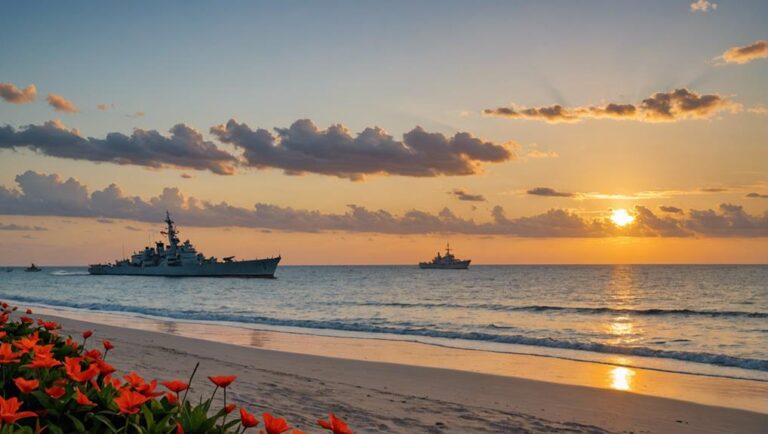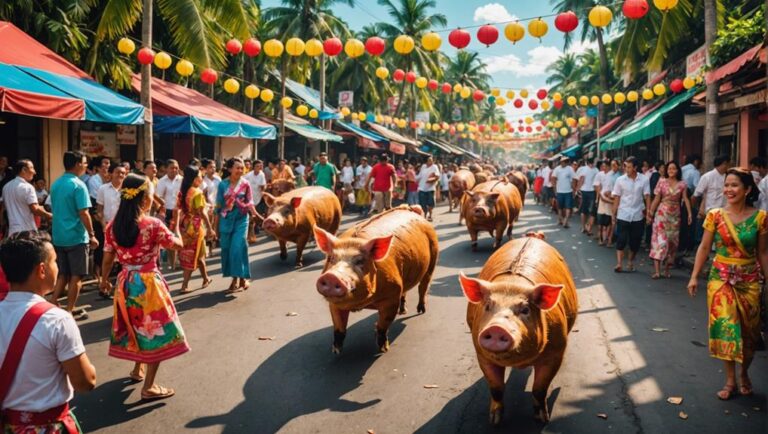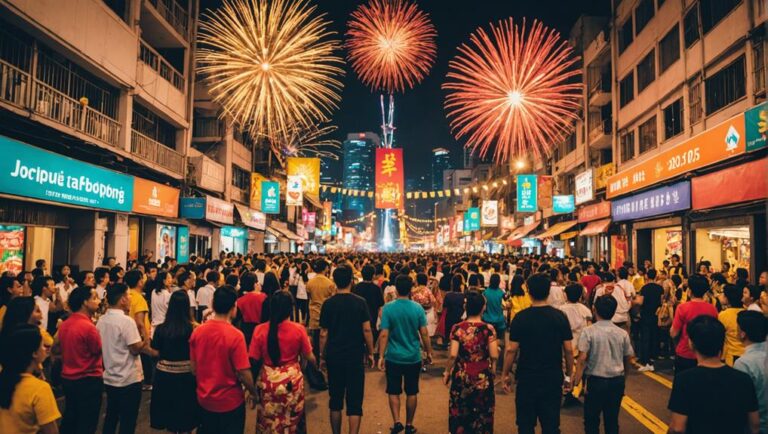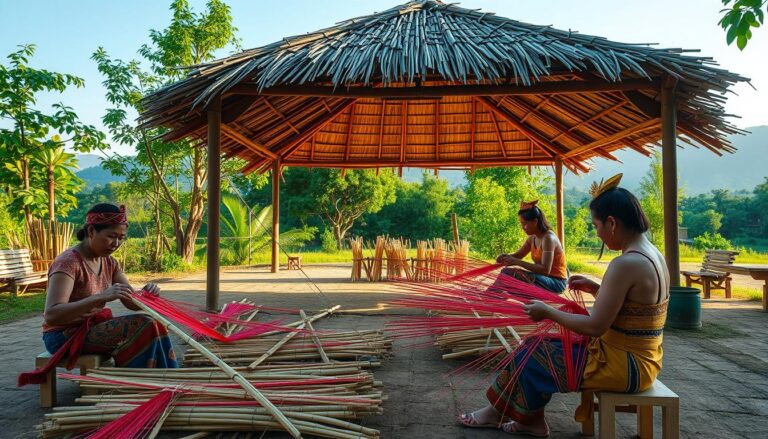Sikhayan Festival: Laguna’s Sikhayan Festival: Complete Visitor’s Guide
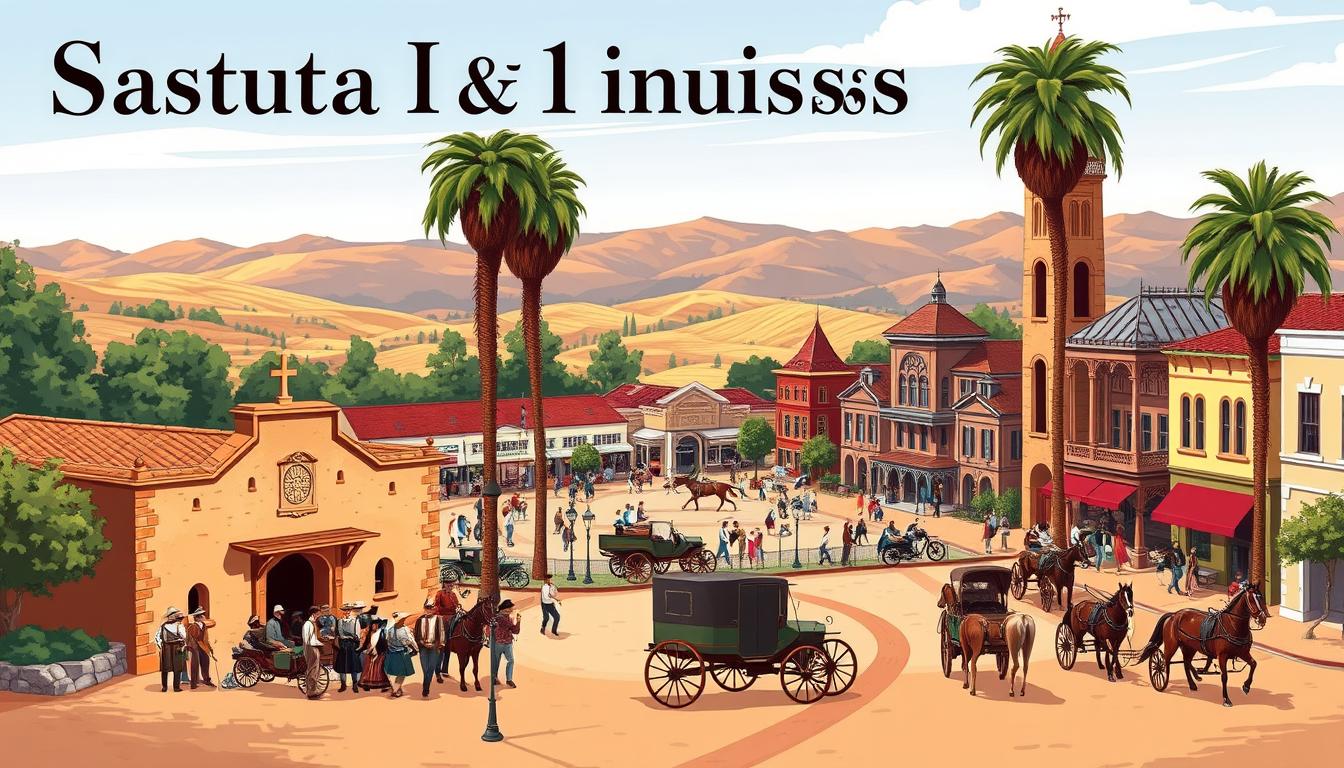
Every January 18, the streets of Santa Rosa come alive with color and energy during its annual founding anniversary celebration. This week-long event, launched in 2000 by former Mayor Leon Arcillas, honors the city’s journey from humble beginnings to becoming one of Laguna’s most dynamic urban centers. The occasion blends history with modern creativity, reflecting the community’s resilience and entrepreneurial spirit.
The celebration’s name combines local terms meaning “persistent effort” and “livelihood”, symbolizing the determination that shaped Santa Rosa’s identity. Visitors experience this through dazzling parades, traditional dance competitions, and showcases of local craftsmanship. Over 25 years, it has grown into a major attraction drawing both domestic and international travelers.
Beyond the fireworks and street performances, the event highlights Santa Rosa’s achievements in infrastructure, education, and economic development. Temporary closures of major roads like MacArthur Highway transform into stages for cultural exchange, while partnerships with global organizations emphasize the city’s progressive vision.
Key Takeaways
- Annual January 18 event marking Santa Rosa’s cityhood anniversary
- Founded in 2000 to honor community perseverance and economic growth
- Features parades, cultural shows, and local talent competitions
- Showcases the city’s development in infrastructure and innovation
- Recognized as a special non-working holiday through presidential decree
- Draws visitors interested in cultural heritage and urban progress
History and Cultural Significance of the Sikhayan Festival
The story of this annual commemoration begins with Spanish-era records dated January 18, 1792. On this day, the settlement officially gained independence from Biñan, marking its first steps toward becoming Laguna’s thriving economic hub. The event’s name combines sikap (persistent effort) and kabuhayan (livelihood), reflecting values that built the community.
From Agricultural Roots to Urban Growth
Early Spanish documents reveal how the area transformed from rice fields to a self-governing town. This shift laid the foundation for modern developments that attract investors today. The 2017 commemorative stamps by Philippine Post showcase key moments in this journey, including the original municipal seal.
Timeline of Transformation
| Year | Event | Impact |
|---|---|---|
| 1792 | Separation from Biñan | Established local governance |
| 2000 | First modern celebration | Revived historical awareness |
| 2017 | Postal stamps issued | National recognition |
| 2020 | Taal eruption response | Demonstrated community adaptability |
Recent decades saw the city embrace technology and manufacturing while preserving traditions. This balance between progress and heritage continues to shape celebrations, with 2023’s “Lion City” theme highlighting economic ambitions. Temporary event changes during volcanic activity proved the community’s ability to honor history while addressing modern challenges.
Festival Activities and Highlights
Santa Rosa’s week-long celebration transforms public spaces into stages for creativity and community spirit. Over 30 events fill the calendar, blending heritage with contemporary entertainment. Local organizers spend six months preparing, ensuring each activity reflects the “persistent effort” central to the city’s identity.
Cultural Presentations, Parades, and Street Dances
Morning processions kick off daily festivities, featuring giant mascots representing local industries. Nine barangays compete in the Street Dance Competition, wearing handcrafted costumes inspired by historical themes. Barangay Tagapo claimed victory in 2023 with their synchronized choreography and pineapple-fiber outfits.
| Event | Winner | Award |
|---|---|---|
| Street Dance | Barangay Tagapo | Champion |
| Costume Design | Barangay Dila | Best in Attire |
| Community Pride | Barangay Market Area | Reyna ng Sikhayan |
Competitions, Concerts, and Celebratory Events
Evenings shine with talent showcases like Ginoong Santa Rosa, where contestants highlight local advocacy projects. Concerts feature homegrown artists alongside stars like Alden Richards. The grand parade stretches from Balibago to the Multi-Purpose Complex, drawing 15,000 spectators annually.
Comedy nights and cooking contests keep families entertained, while fireworks light up Laguna de Bay. Live streams allow overseas workers to join the revelry, strengthening bonds across borders. These activities collectively boost tourism by 40% during celebration weeks, according to city records.
Exploring Santa Rosa City’s Heritage and Attractions
Originally called Bukol, this thriving urban center traces its roots to 18th-century farming communities. The area’s transformation from agricultural fields to a first-class city reveals a story of cultural preservation meeting modern progress. Visitors discover this unique blend through preserved Spanish-era structures standing alongside cutting-edge industrial parks.
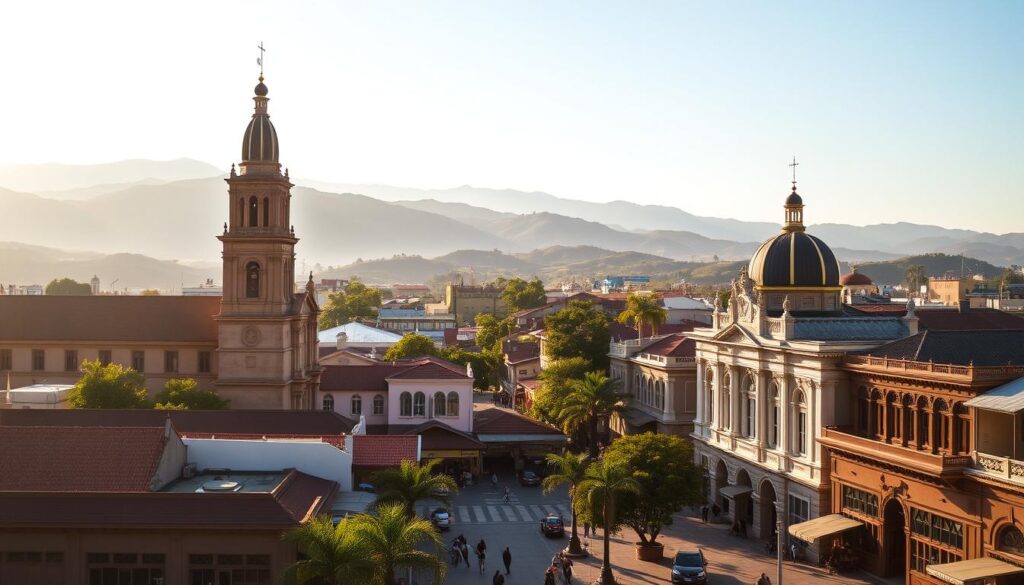
Historical Timeline and Key Landmarks
Three sites define the city’s journey. The 1792 Santa Rosa de Lima Parish anchors the heritage square, its coral stone walls witnessing two centuries of community gatherings. Nearby, Gusaling Museo served as the municipal hall until 1954, now housing artifacts from the Japanese occupation era.
Modern developments complement these treasures. Enchanted Kingdom’s roller coasters contrast with the solemn Rizal Monument, while SM City Santa Rosa’s shopping complex mirrors the bustling 19th-century trade routes. This duality attracts history enthusiasts and business investors alike.
- 1792: Parish church completion marks spiritual center
- 1828: Original municipal hall construction begins
- 2004: Cityhood granted under Republic Act 9264
- 2023: Heritage square restoration project launched
Local residents take pride in their city’s evolution. As one tour guide notes: “Our ancestral homes now neighbor tech parks, but Sunday masses still fill the centuries-old church.” This harmony between past and present makes the area a living museum of Philippine progress.
Conclusion
Santa Rosa’s annual January tradition stands as a living testament to its remarkable journey from rural settlement to industrial powerhouse. This vibrant gathering unites generations through shared pride in local achievements, blending ancestral values with contemporary ambitions.
Historical milestones – from 1792’s independence to 2000’s modern revival – come alive through colorful parades and artisan showcases. Creative competitions spotlight emerging talents, while community-led events strengthen bonds between long-time residents and newcomers.
The occasion serves dual purposes: preserving cultural roots while signaling economic growth opportunities. Business forums held during festivities connect investors with Sta. Rosa’s thriving industries, from tech parks to sustainable agriculture.
Visitors leave with more than memories of fireworks and street food. They witness how a determined community honors its past while building tomorrow. Mark your calendar for next year’s celebration – where heritage dances meet startup pitches under Laguna’s golden skies.

